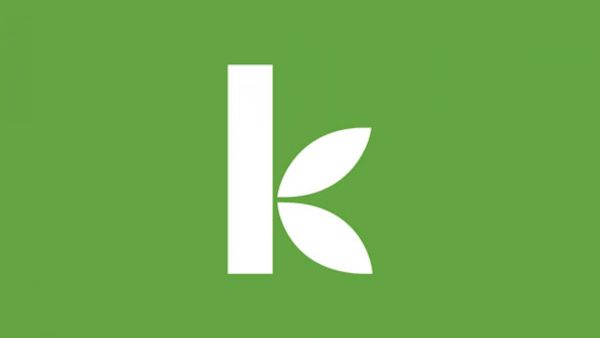Falso! A Musing on Fake Money in Peru
December 21, 2009
By Sheethal Shobowale, KF9, Peru
Counterfeit money is a very serious topic in Peru. There is so much false money floating around that it is extremely possible that at some point or another, you will try to buy some fruit from the woman selling fruit on the corner and she will return your bill or coin exclaiming, “falso!” (false!)
This has happened to several of my friends during my time in Cusco. One friend tried to pay for our salsa class with a 5 soles coin. Then someone else paid with a larger bill and got his coin as change. “Falso!” exclaimed the person who received the change and looked for my friend who gave the false coin to return the useless metal to the proper owner. In another incident, another friend of mine found out he had a false 50 soles bill (ouch!) and was just happy that the checkout person at the store he tried to pay for his meal with it didn’t punish him more than just return the bill.
In fact, I wonder if Peruvians knowingly give foreigners fake money because they are less likely to know how to check carefully. Perhaps simply not wanting to lose the money, as plata (money) is a precious commodity here in the commerce-centered world of Cusco.
Having false money is like holding a hot potato or the Old Maid while playing the card game. Whoever has the false bill is pretty much stuck with it, because there’s simply no way to get rid of it.
I found out I had a false 5 soles coin (equal to about $2.50), when I tried to pay for my one and only cuy (guinea pig) meal in Tipón, the capital of cuy in the Cusco area. The waiter would not accept my coin and returned it to me and asked me to pay with another coin. I looked at him and said “¿Cómo podría ser?” (How could it be?) But then he showed me why he knew it was false. I just had a shrug and put the useless coin back in my coin purse.
After this incident, (simply as an experiment mind you ![]() I tried to buy some fruit with my newly found falso. Even in the dark, the fruit woman knew it was false and gave it back to me. I then tried to pay my combi (bus) fare and the collector also returned it to me. After these two failed attempts to part with the Old Maid, I was resigned to keep the coin as a souvenir of my travels to Peru.
I tried to buy some fruit with my newly found falso. Even in the dark, the fruit woman knew it was false and gave it back to me. I then tried to pay my combi (bus) fare and the collector also returned it to me. After these two failed attempts to part with the Old Maid, I was resigned to keep the coin as a souvenir of my travels to Peru.
Like most businesses in Cusco, the MFI I am working with, Asociación Arariwa, also will not tolerate false bills in loan payments. When members make their loan payments, the loan officers write the member’s initials in pencil on the bill so that the Caja (treasury) can check each bill for falsos. If a fake bill is found, the bill is returned to the owner during the next monthly meeting, much to the chagrin of the person who paid with the bill.
I recently went to a loan disbursement meeting in which Daphne, the loan officer, returned a 50 soles bill to one of the members. It was an upsetting incidnet, as the woman who used the bill herself did not know it was fake. And what is more upsetting is that she has lost a precious 50 soles because it is likely she will not be able to use the false money to pay for anything.
Just so you don’t get stuck with the hot potato, here’s some ways to tell if your money is counterfeit:
For bills -
- The color of the number (whether 10, 20, 50, 100 or 200 soles) should change when you wave the bill back and forth. It will go from a light purple to a dark purple or blue
- The paper should be thick and of quality stock. You can pull opposite sides of the bill to tell the thickness. After having Peruvian money for a while, you will be able to tell the proper quality
- The portrait etching should be intricate, with no detail left out. The quality of the carving is key
- There should be a shadow of the portrait when you hold it up to the light
'
For coins –
- The weight should be heavy. After handling Peruvian coins for a while you will be able to tell if a coin is lighter than it should be
- The coin should be round and well-formed
- The color should be a light and shiny silver and for 2 and 5 soles, light and shiny gold
- The coin should be smooth without pock marks or rough parts
- The engraving should be smooth and detailed
I’ve gotten pretty good at this recently. Whenever I get a 50 soles bill as change for a purchase in which I’ve paid 100 soles, I make sure to check if the bill is fake using all the methods I described above.
So far no Hot Potatoes or Old Maids for me!
Sheethal Shobowale has just finished her placement at Asociación Arariwa in Cusco, Peru and will be moving to La Paz, Bolivia to work with Emprender in January 2010.
Please consider supporting South American Kiva entrepreneurs by clicking here.
/>PREVIOUS ARTICLE
Kiva launches in Colombia! →NEXT ARTICLE
Kiva’s Editing and Translation Marathon →













